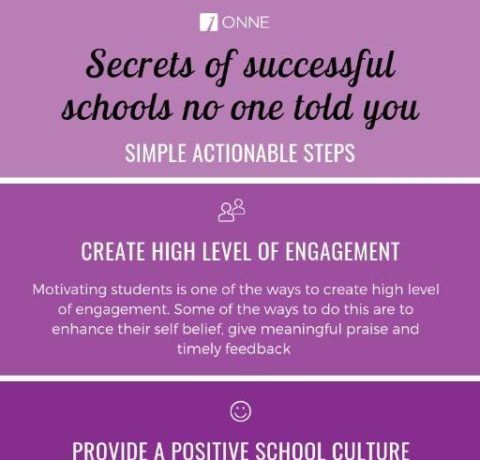How to Cultivate High-Performance Teachers Infographic
Recent studies tell us the most effective leadership style may also be the rarest—particularly in schools, where compliance mandates, inflexible processes and metrics drive much of teachers’ performance management. But there’s a better way: leading by serving, without sacrificing compliance. It’s the big idea behind servant leadership.
In the How to Cultivate High-Performance Teachers Infographic, Standard For Success has provided a comprehensive overview of servant leadership and how to incorporate it into your organization. This infographic covers:
- The definition of servant leadership and what a servant leader does differently.
- The findings and outcomes of servant leadership.
- The brain science behind servant leadership.
- Practical applications for servant leadership.
Servant Leadership: What is it?
Servant leadership has one distinctive quality: it’s about serving others first and removing any obstacles to their subordinates’ success.
A servant leader:
- Focuses on people, their needs and aspirations.
- Provides resources and removes barriers to subordinates’ success.
- Engage subordinates in ongoing dialogue and meaningful feedback.
- Conducts and carefully considers “climate audits”—assessments of what people in the organization think of them, and why they follow.
- Clarify and buy-in on processes and goals. Everyone’s on board, and understands what’s expected and why.
- Open and frequent communication with all stakeholders in their districts (staff, students, families, board members, and community).
- Doesn’t need to have all the answers to be successful, but is focused on understanding the issues and needs of their staff and school district.
While some leaders are focused on power, servant leaders earn trust and loyalty through what they stand for instead of the power of their title.
Findings & Outcomes of Servant Leadership
Servant leadership isn’t just a concept that sounds good; it is backed by studies that have been able to show the impact of servant leaders.
Four main benefits of implementing servant leadership into schools include:
- Increased cognition-based trust: trust based on the belief the leader is competent, reliable and dependable.
- Increased affect-based trust: trust driven by an emotional bond to the leader and belief that he/she genuinely cares about subordinates.
- Highest levels of performance, driven largely by a sense that the team is a safe place for individual risk-taking.
- Greater staff engagement, as team members believe they can participate openly and actively without fear of punishment.
Each of these outcomes supports the overall health of a team.
Practical Applications & Servant Leadership Skills
Becoming a servant leader doesn’t happen overnight, but it can be developed through training, self-analysis and insight.







You can adjust your cookie preferences here.